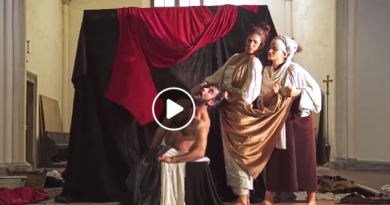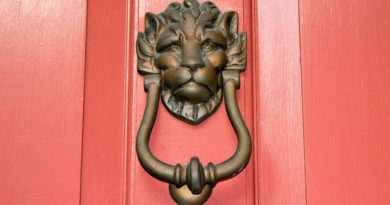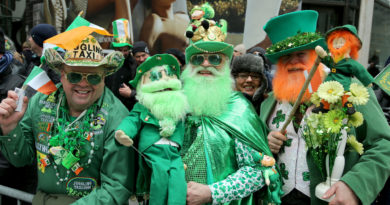Brussels Hidden Gems: Cantillon Brewery, Anderlecht
Less than ten minutes on foot from the Gare du Midi/Zuidstation and its modernist tower, tucked into a side street, next door to a missionary foundation, stands the pretty white and yellow brick façade of the Cantillon Brewery and Gueuze Museum.
Since 1900, when the family business was founded by Paul Cantillon and his wife Marie Troch, Brasserie Cantillon has been brewing lambic beer. In 120 years, the only real change has been a switch to organic ingredients in 2011. A visit will teach you all about the brewing process and give you a taste of some of the 400,000 bottles produced each year.
Inside you’ll discover a honey-hued interior filled with beer-making paraphernalia. Wooden crates, scorched and branded ‘CANTILLON’, seem to multiply. Labyrinthine corridors are formed from green bottles and oak and chestnut casks and there’s a reverent sense of hush. But make no mistake: this is a working brewery, not a mausoleum. Magic is taking place.
The casks are all at least 40 years old and have previously held French wine, port or Iberian sherry. They are not there for decoration. They are resting, for at least one summer. Vast copper mash tuns are in action and 50 kilo sacks of ingredients are being lugged about, while Heath Robinson-esque conveyor belts twist and turn through the building.
Up in the rafters, tanks named ‘coolships’ receive the wort and at night roof vents are opened, letting the night air flood in, carrying with it the wild yeasts that make this beer unique. Fermented exclusively from natural fungi and bacteria found in the Zenne valley, this inimitable beverage simply cannot be made anywhere else, although many have tried.
During the winter, lambics of various ages are matched, blended, and bottled immediately. This is the famous ‘méthode champenoise’ which kicks off a second fermentation in the bottle and produces the classic ‘gueuze’. At other points in the year, seasonal fruits are added to make different varieties of Cantillon, including local Schaerbeek cherries, raspberries and, in the autumn, Italian muscat grapes.
At the end of your visit, you’ll have a chance to sample a bottle or two. Dry, sour, tart and complex, the flavour approaches that of some traditional ciders – and divides beer lovers.
Watch your step as you leave but do turn back to see the famous Cantillon sign swinging in the twilight – a drunkard, falling over backwards as he tips the last drops of lambic down his throat.
Next time: Abbatoir



